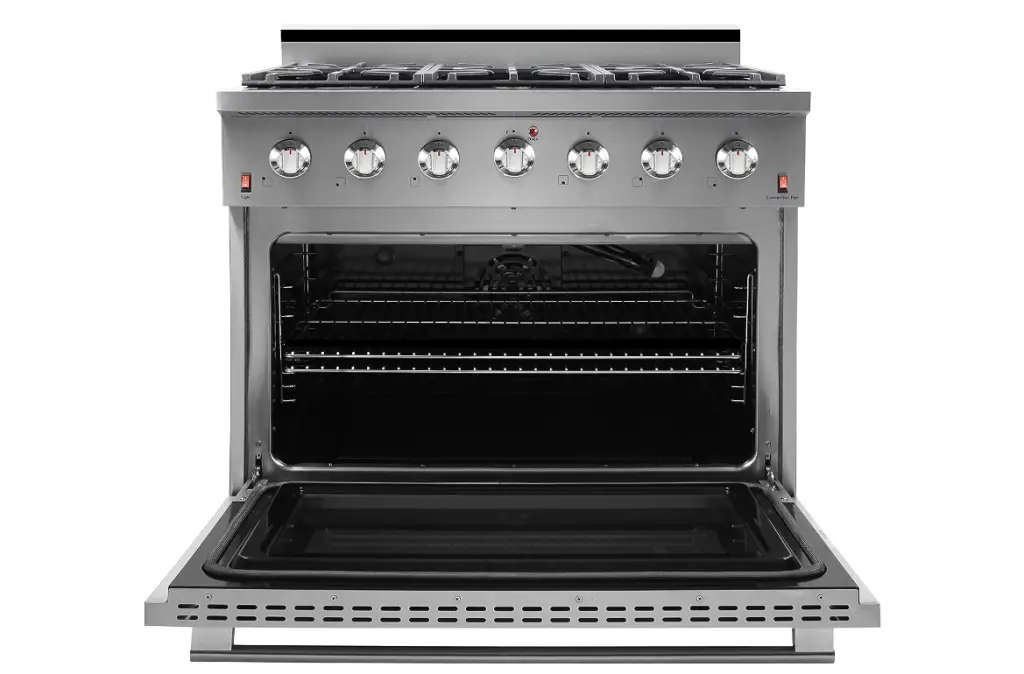If you’re wondering, “why not use convection ovens?”, you’re in the right place. While convection ovens are lauded for their efficiency, certain drawbacks may make you think twice. This detailed guide will walk you through these often-overlooked considerations, substantiated by expert insights.

Table of Contents
Why Not Use Convection Oven? – Valid Reasons
Reason 1: Inconsistent Baking
While convection ovens are touted for their even cooking, they can actually produce inconsistent results when baking certain goods like cakes and pastries. The circulating air can create hot spots that lead to uneven rising or browning.
- Expert Insight: According to the American Culinary Federation, convection ovens can cause problems like “doming” in cakes due to the circulating air.
- How to Test: Follow these steps to observe this phenomenon yourself:
- Preheat your convection oven to the temperature specified in your baking recipe.
- Place identical dollops of batter equidistant on a baking sheet.
- Set a timer based on your recipe.
- Inspect the baked items for inconsistent coloring or texture once the timer rings.
Read more convection oven articles here – Convection Oven: Your Ultimate Guide
Reason 2: High Energy Consumption
Contrary to popular belief, convection ovens can consume more electricity than traditional ovens, especially when used for prolonged periods.
- Expert Insight: The U.S. Department of Energy states that convection ovens use approximately 20% more electricity than conventional ovens.
- Calculate Energy Consumption: Here’s how to check how much you’re spending:
- Locate the wattage information on the oven’s user manual or label.
- Multiply the wattage by the number of hours you use the oven each day.
- Consult your electricity bill to determine your cost per kilowatt-hour (kWh).
- Multiply the daily usage by the kWh rate to find the daily energy cost.
Reason 3: Complexity and Learning Curve
Convection ovens come with a variety of settings that can be confusing, requiring a learning curve to master.
- Expert Insight: Cooks Illustrated mentions that using a convection oven effectively requires adjustments to both temperature and time, adding complexity to the cooking process.
- How to Adapt: Follow these steps to get accustomed to the convection settings:
- Thoroughly read the user manual to understand different settings and when to use them.
- Begin with recipes you are familiar with, and use the oven’s manual to adjust cooking times and temperatures.
- Keep a cooking journal to note adjustments and outcomes for future reference.
- Gradually expand to more complex recipes as you get comfortable.
Why Not Use Convection Oven?: Conclusion
Convection ovens have their advantages, but there are several valid reasons for caution. Issues such as inconsistent baking, high energy costs, and a steep learning curve can make them less suitable for certain tasks. Before making the switch to a convection oven, weigh these considerations carefully.
